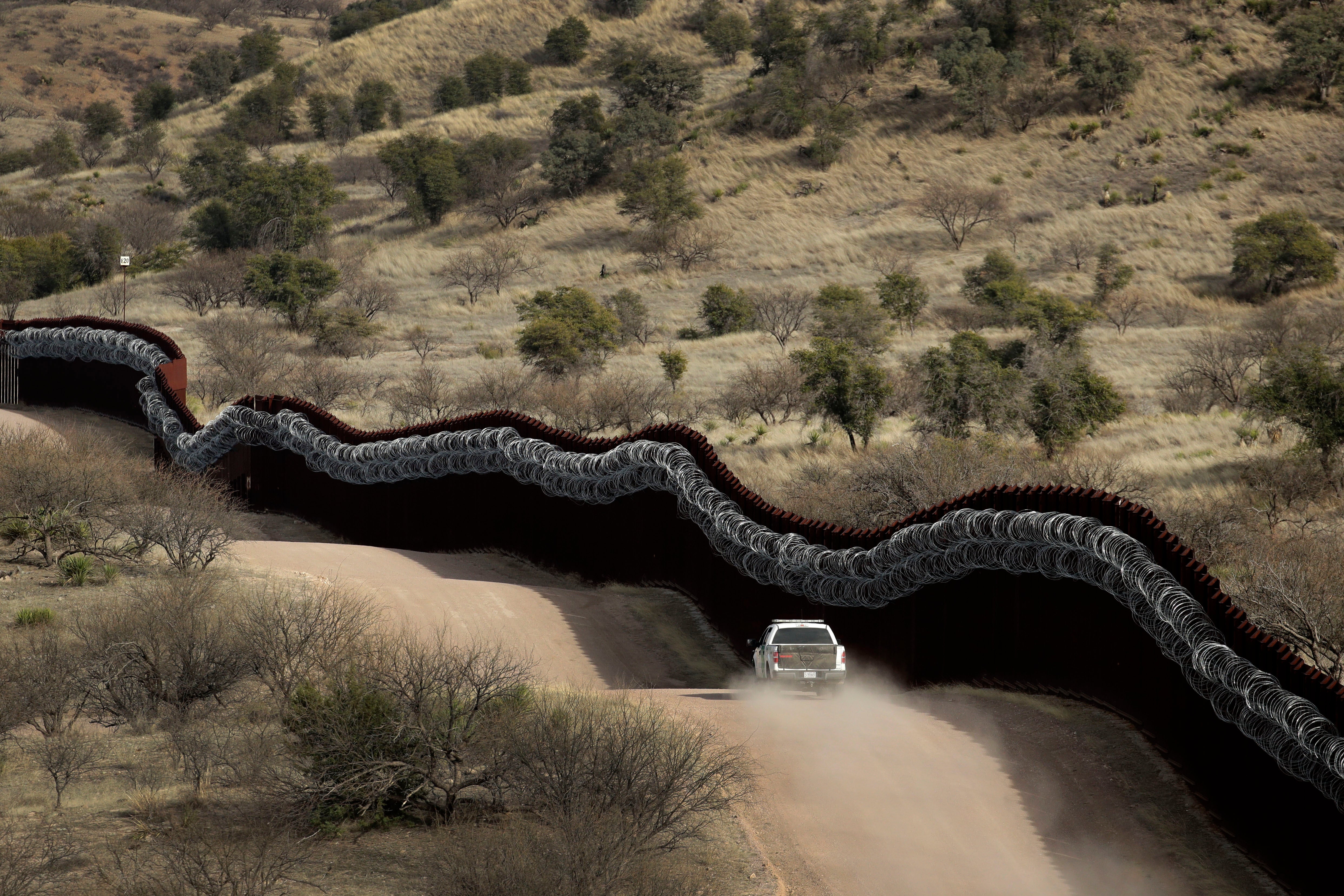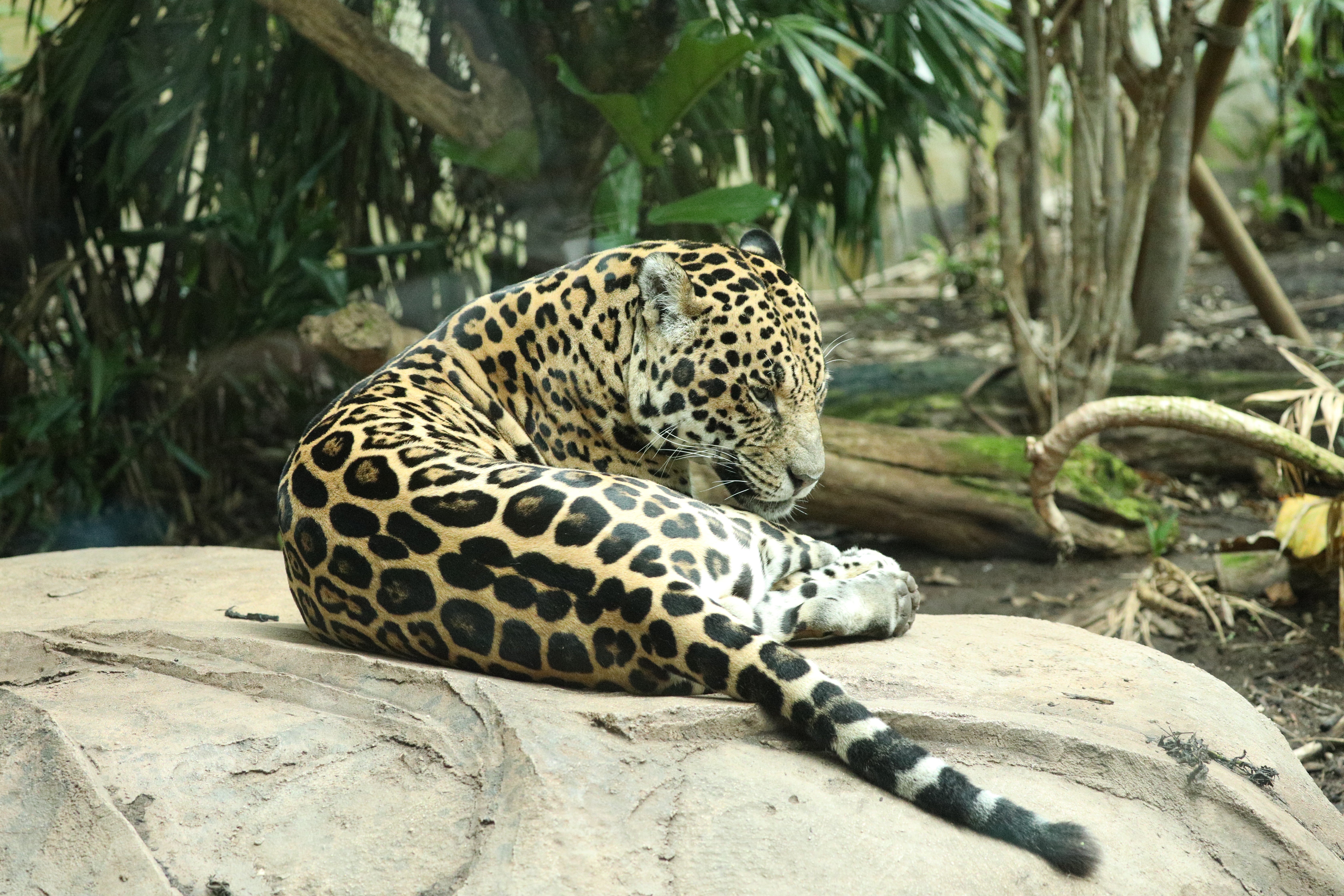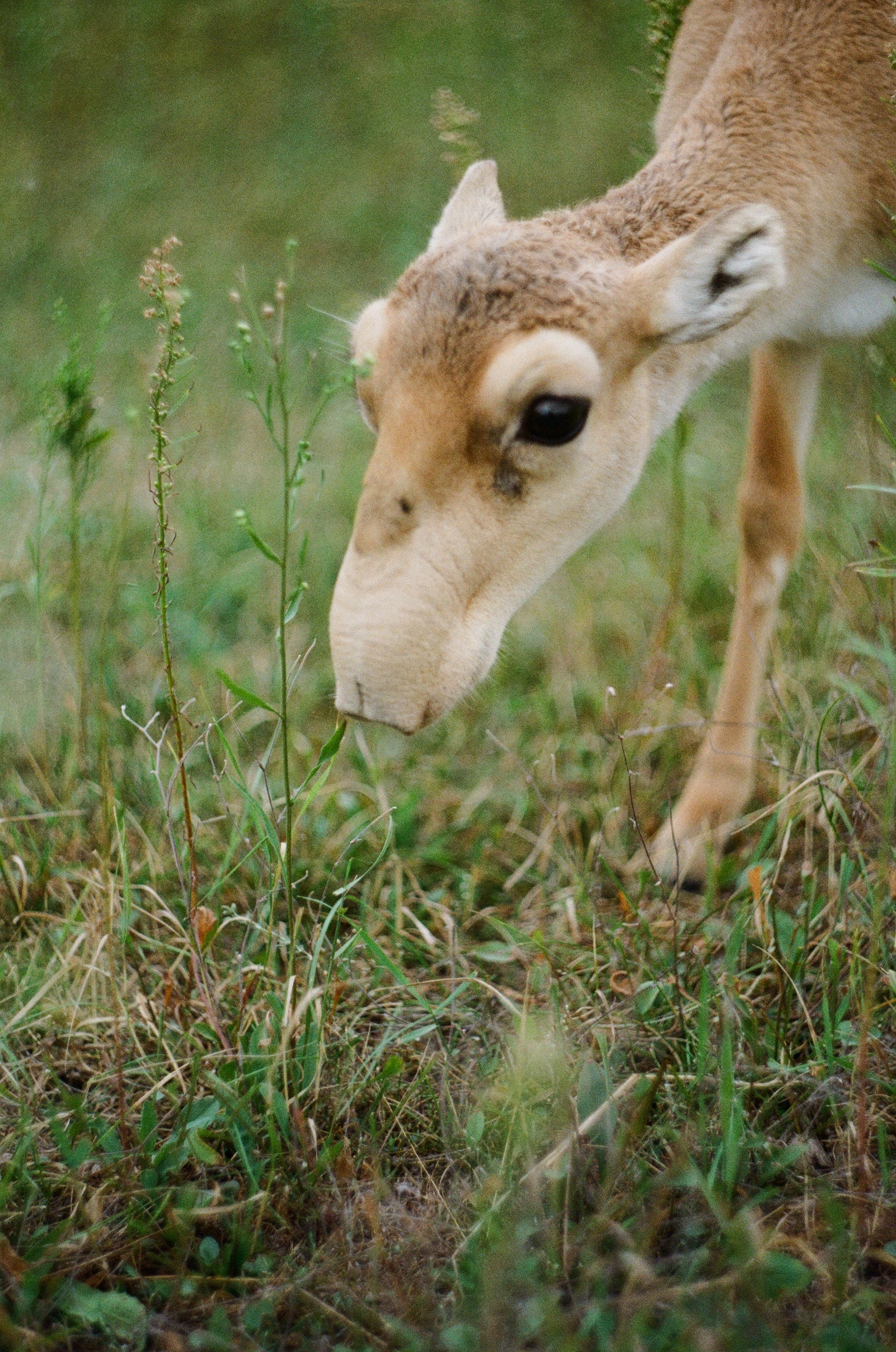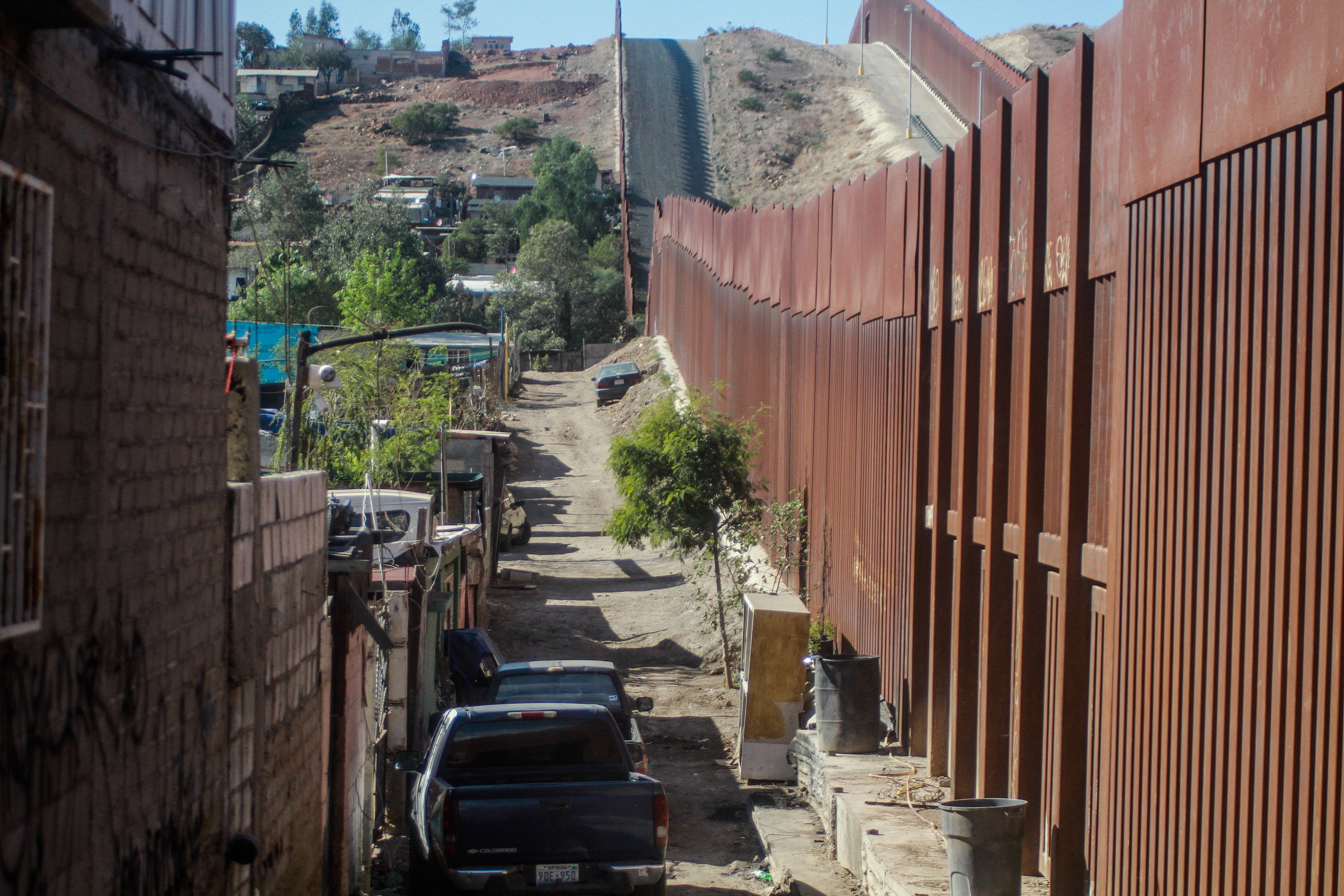Border walls obstruct movement of animals forced to relocate by climate crisis, study warns
A third of mammals and birds may need to relocate to other countries by 2070 due to climate change, say researchers

Your support helps us to tell the story
From reproductive rights to climate change to Big Tech, The Independent is on the ground when the story is developing. Whether it's investigating the financials of Elon Musk's pro-Trump PAC or producing our latest documentary, 'The A Word', which shines a light on the American women fighting for reproductive rights, we know how important it is to parse out the facts from the messaging.
At such a critical moment in US history, we need reporters on the ground. Your donation allows us to keep sending journalists to speak to both sides of the story.
The Independent is trusted by Americans across the entire political spectrum. And unlike many other quality news outlets, we choose not to lock Americans out of our reporting and analysis with paywalls. We believe quality journalism should be available to everyone, paid for by those who can afford it.
Your support makes all the difference.A third of mammals and birds may need to relocate to other countries by 2070 due to climate change, say researchers.
Conservationists analysing the impact of manmade barriers cited fences along the US-Mexico border and in Russia and China as having a particularly harmful impact on creatures that have been forced to relocate by global warming – including some which are already critically endangered.
Researchers at Durham University identified 32,000km of fortified border walls that may be preventing animals from finding more suitable habitats.
Mammals affected include big cats such as leopards, tigers and cheetahs as well as the critically endangered saiga antelope.
The US-Mexico border wall alone risked limiting the movement of 122 mammal species, the authors said.
There, the Mexican wolf, jaguar, jaguarundi, white-lipped peccary, margay, common opossum, greater grison and southern spotted skunk are all put at risk from fences along the frontier.
A separate study last year using motion-sensor cameras set up near a gap in the US-Mexico border fence revealed that a variety of animals, including bobcats, deer and pumas, were using the point where a small section of wall was missing to cross between the two countries.
Border walls along the India-Myanmar border posed a threat to sloth bears and Indian pangolins, among other creatures, while the China-Russia border restricted the displacement of Tibetan antelopes, Chinese gorals, goitered gazelles, Tibetan foxes and desert hares, the Durham researchers found.
Animal crossings are sometimes used to offer a safe and uninterrupted corridor between two areas cut off by fencing, roads or railways.

They have been used to help elk, black bears and mountain lions cross highways in the US state of Washington, and gold monkeys and pumas reach isolated tracts of forest in Brazil. Security concerns render the idea unlikely to be of use where national borders are concerned.
Animals that are unable to move to a suitable new home risk struggling to find adequate food and water, and face threats from humans and other wildlife that encroach on their habitats.
The researchers estimated that as many as a third of mammals and birds will need to relocate to other countries over the next five decades due to climate change.

Professor Stephen Willis, who jointly led the study, said: “Species all over the planet are on the move as they respond to a changing climate.
“Our findings show how important it is that species can move across national boundaries through connected habitats in order to cope with this change.
“Borders that are fortified with walls and fences pose a serious threat to any species that can't get across them.
”If we're serious about protecting nature, expanding trans-boundary conservation initiatives and reducing the impacts of border barriers on species will be really important – although there's no substitute for tackling the greenhouse gas emissions at the root of the issue.“
Animal movement is most likely to happen in South America, between the Amazon rainforest and the Andes; around the Himalayas; and in parts of Central and Eastern Africa – all locations where emissions per capita are lower, relative to Europe and North America.

Mark Titley, Willis's co-author, highlighted the “stark inequities” between the countries doing the most polluting and the countries – and their wildlife populations – set to be worst affected by the changing climate.
”Fortunately, our models also show how strong and urgent emissions reductions, in line with the Paris Agreement, could greatly reduce the impacts on biodiversity and relieve the burden of such losses on less wealthy nations,” he said.
“World leaders must seize the opportunity at November's Cop26 climate conference in Glasgow to ramp up ambitious pledges to cut emissions, or risk enormous harm to the natural world and our societies that depend on it.”
The research, funded by the Natural Environment Research Council and carried out in collaboration with BirdLife International, is published in the journal Proceedings of the National Academy of Sciences.

Join our commenting forum
Join thought-provoking conversations, follow other Independent readers and see their replies
Comments